EPOS B20 streaming microphone
The EPOS B20 streaming microphone sets out to make a statement from the off. It says, look at us, we're all grown up and mean business. From the elegant black packaging that exudes sophistication, the $199 (£179) B20 immediately sets itself apart in the looks department. It continues with the gunmetal colorway that we've seen with the excellent GTW 270 wireless earbuds and EPOS H3 wired gaming headset. The familial relation is obvious and a clear sign EPOS is doing away with the old Sennheiser gamey look. The company has grown up and I like it.
The EPOS B20 is a USB desk microphone aimed at streamers and podcasters, but does it do enough to make it into our best microphone guide? It certainly looks good on paper: It aims to offer broadcast quality at 24-bit via a plug-n-play USB connection, sidetone built into the mic, and four pickup patterns for different use cases. It comes with a desk stand in the box but if you want to use a boom arm, you can thanks to a 3/8-inch thread. And if you are serious about your audio, then this is the way to go since the B20 picks up vibrations through the stand.
Going back to the design of the B20 simplicity and elegance is the name of the game. It's a tall, dark, metallic cylinder with the top third a mesh for pickup and controls for volume and mute on the front face. An LED indicator glows white when the mic is in use and red when muted. This also helps you know which side is meant to face you. Around the back are two dials for changing pickup patterns and noise gain. Underneath the microphone is a USB-C port and a 3.5 mm audio Jack which allow you to monitor your mic audio through your headphones.
Straight out of the box, the microphone sounds wonderful. It picks up my voice very clearly with no distortion, compression, or tinniness and is a huge step up from any gaming headset mic. You can tune the gain, sidetone volume, and pickup patterns with the onboard dials but if you really want to get the most out of the mic, then you need to use the EPOS Gaming suite software.
Technology: Condenser Microphone
Pick-up patterns: Cardioid, Bidirectional, Omnidirectional, Stereo
Freq. response: 50–20,000 Hz
Sample rate: 48 kHz
Bit depth: 24-bit
Sensitivity: -37 dBV/PA
Connectivity: USB Type-C, 3.5mm headphone jack
Compatibility: PC, Mac, PlayStation 4
The software gives you a wealth of controls, everything from gain to noise cancellation to sidetone. I find the gaming suite software to be one of the simplest and most visually pleasing experiences. Everything is clearly labeled and the large EQ graph lets you easily monitor your changes in real-time. You can also record short snippets to see how all your changes affect the final sound output.
But perhaps the biggest party trick of the B20 is the multiple pick-up patterns which you can select using the dial on the back of the microphone or the gaming suite. There are four to be precise; Cardioid, Bidirectional, Stereo, and Omnidirectional pickup. Most people will be using the cardioid pattern which is the best for a single person speaking directly to the microphone. However, in other instances, say you're running a podcast with a guest, you'd use either the bidirectional or the Omnidirectional pattern to pick up multiple voices around the microphone.
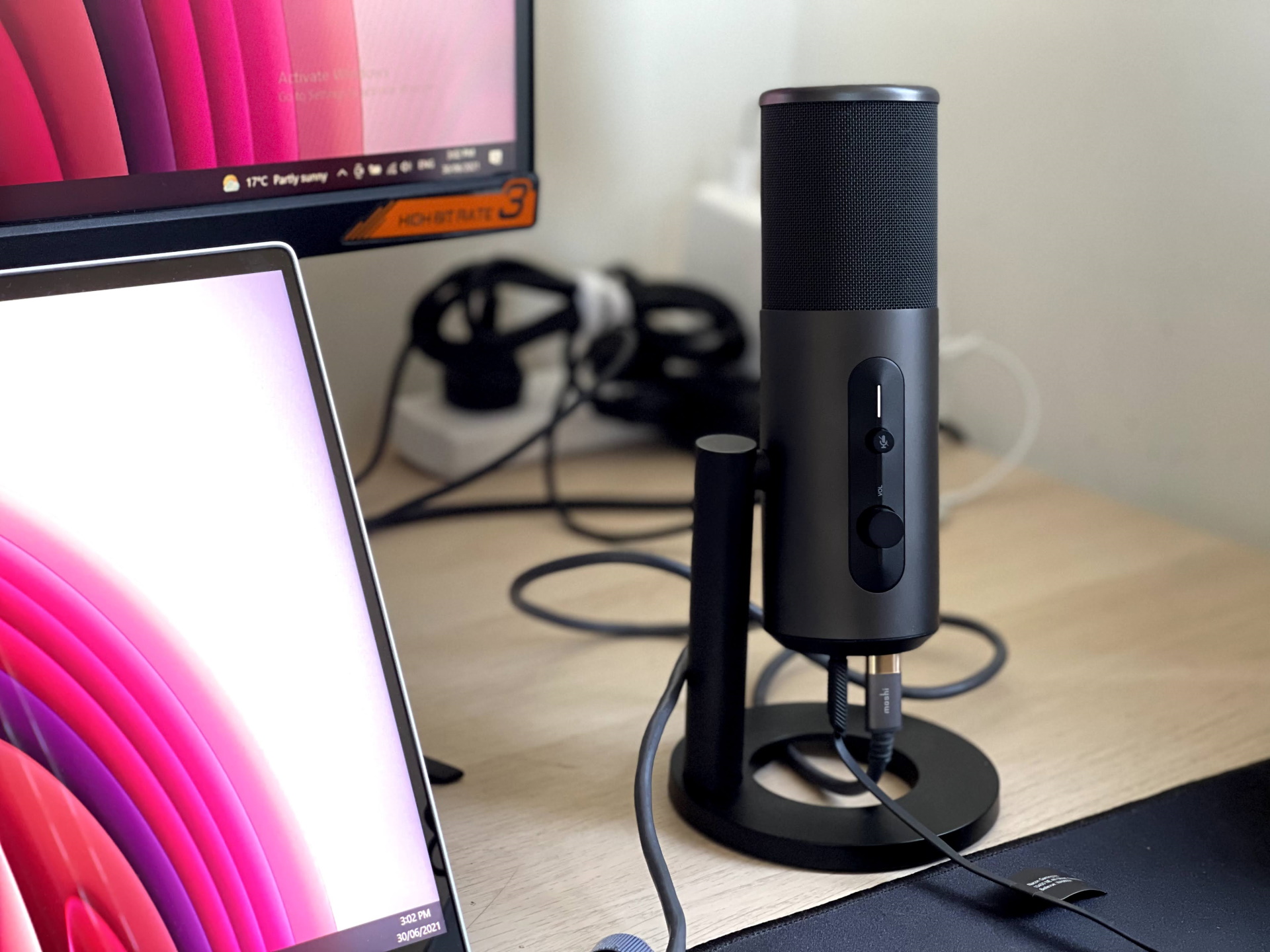
The microphone sounds great in most cases but is sensitive to background noise. Despite my hours of playing with the settings, I couldn't really get rid of the subtle background hiss. Overall, it doesn't detract from the great sound reproduction of the microphone and I'm sure most people will find it more than satisfactory. However, if you're recording professional audio for videos or voice acting, I'd make sure to eliminate any ambient sound.
One interesting side effect of being able to plug your headphones into the B20 is access to EPOS excellent EQ and virtual surround sound. I noticed a marked improvement in the warmth and bass when driving my headphones through the mic. You will have to set the B20 as your default audio device in Windows to get this to work though. And of course, you get mic monitoring too, meaning you can hear your own voice through the microphone.
It's great that the monitoring is built into the microphone so even when connected to say a MacBook or PlayStation which don't have the EPOS software, you don't lose out on core functionality.
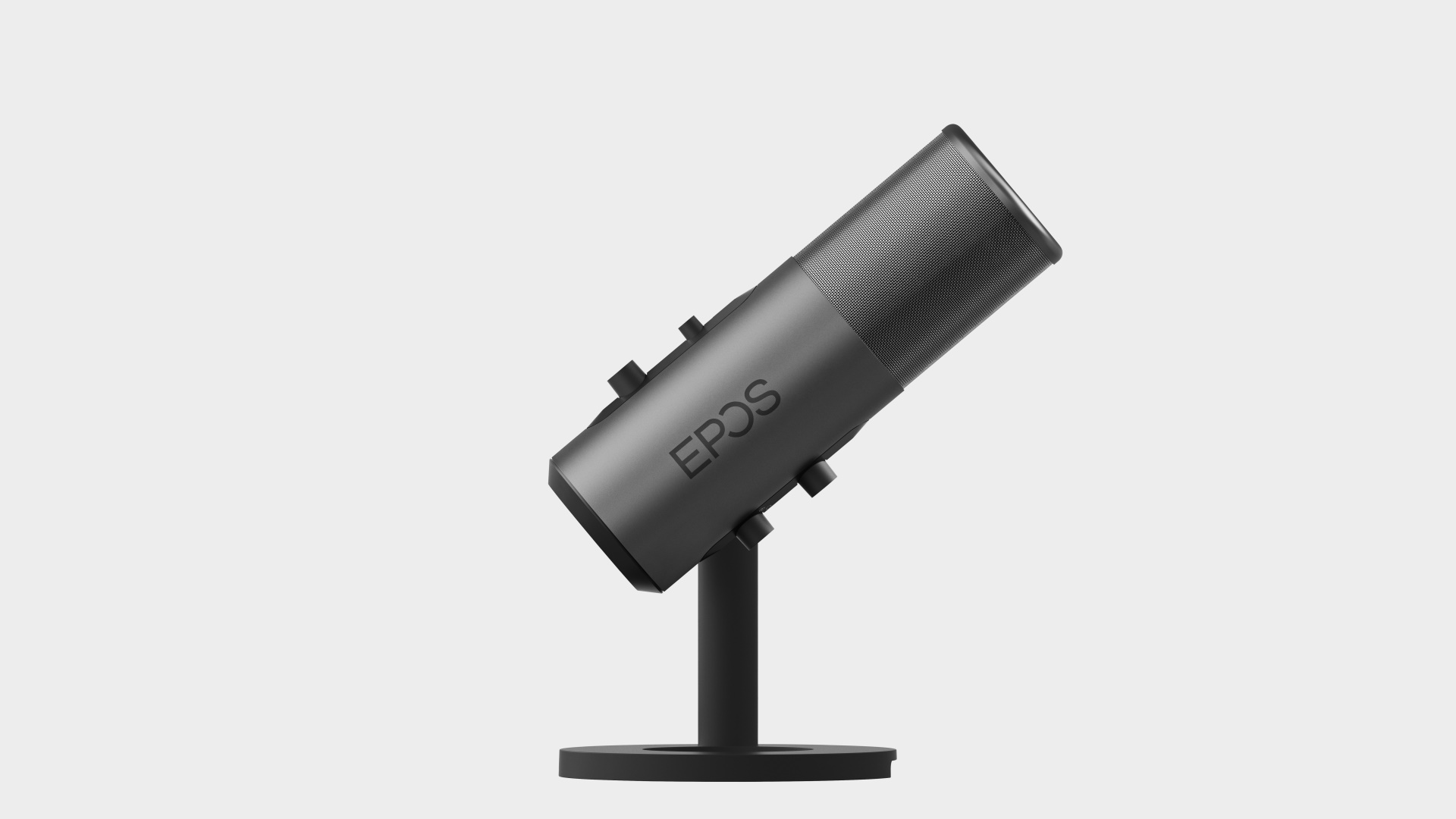
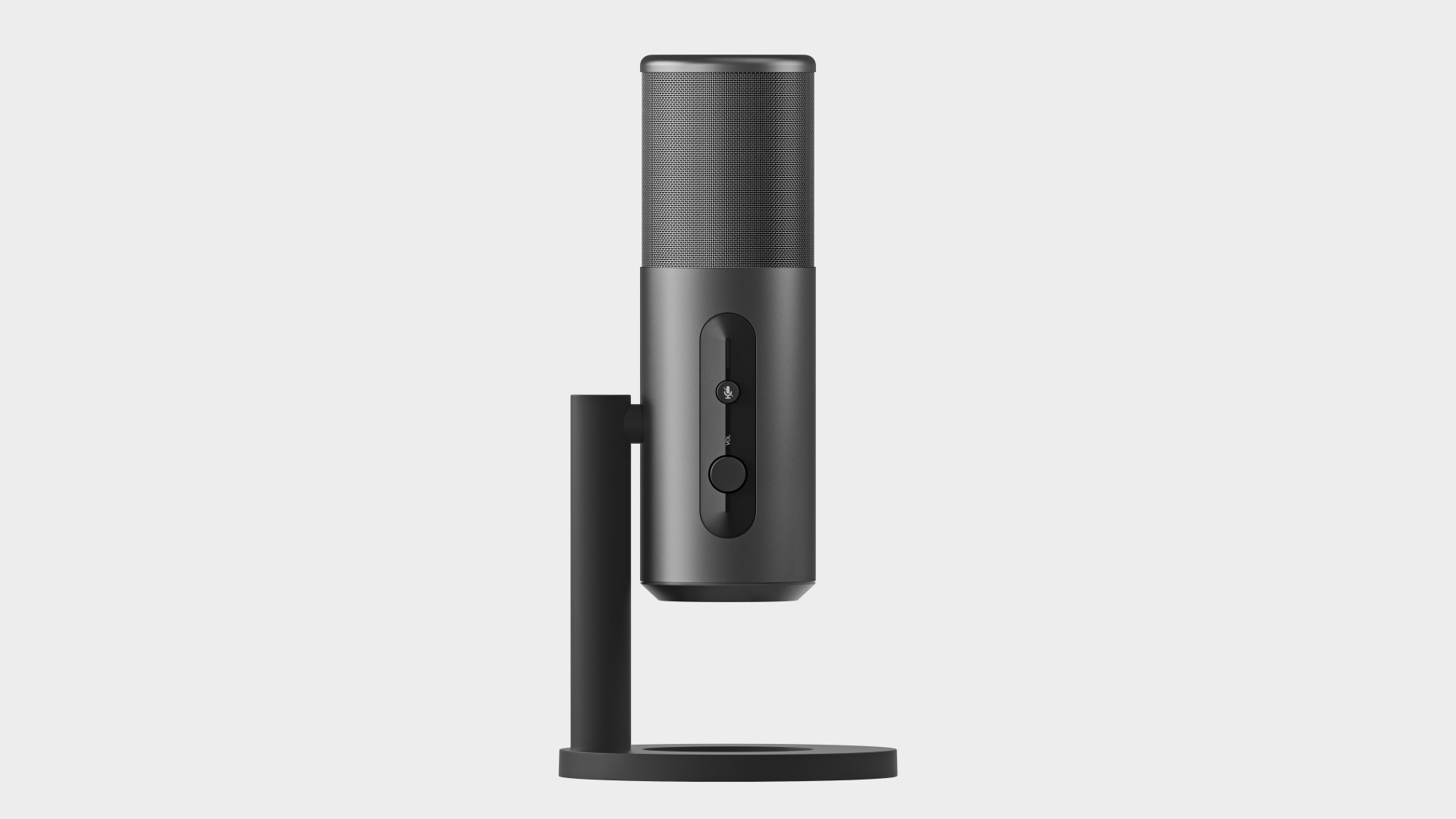
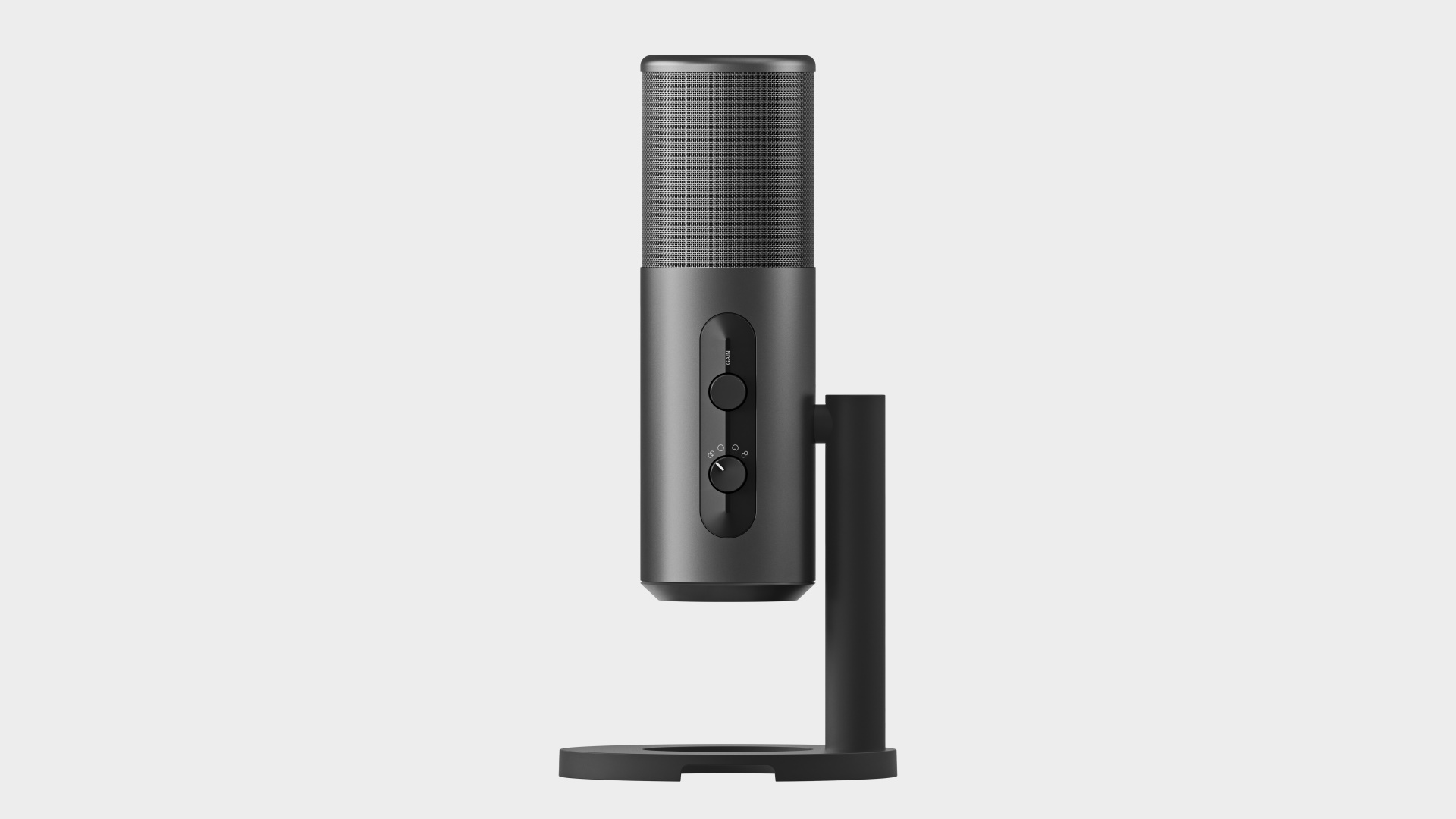
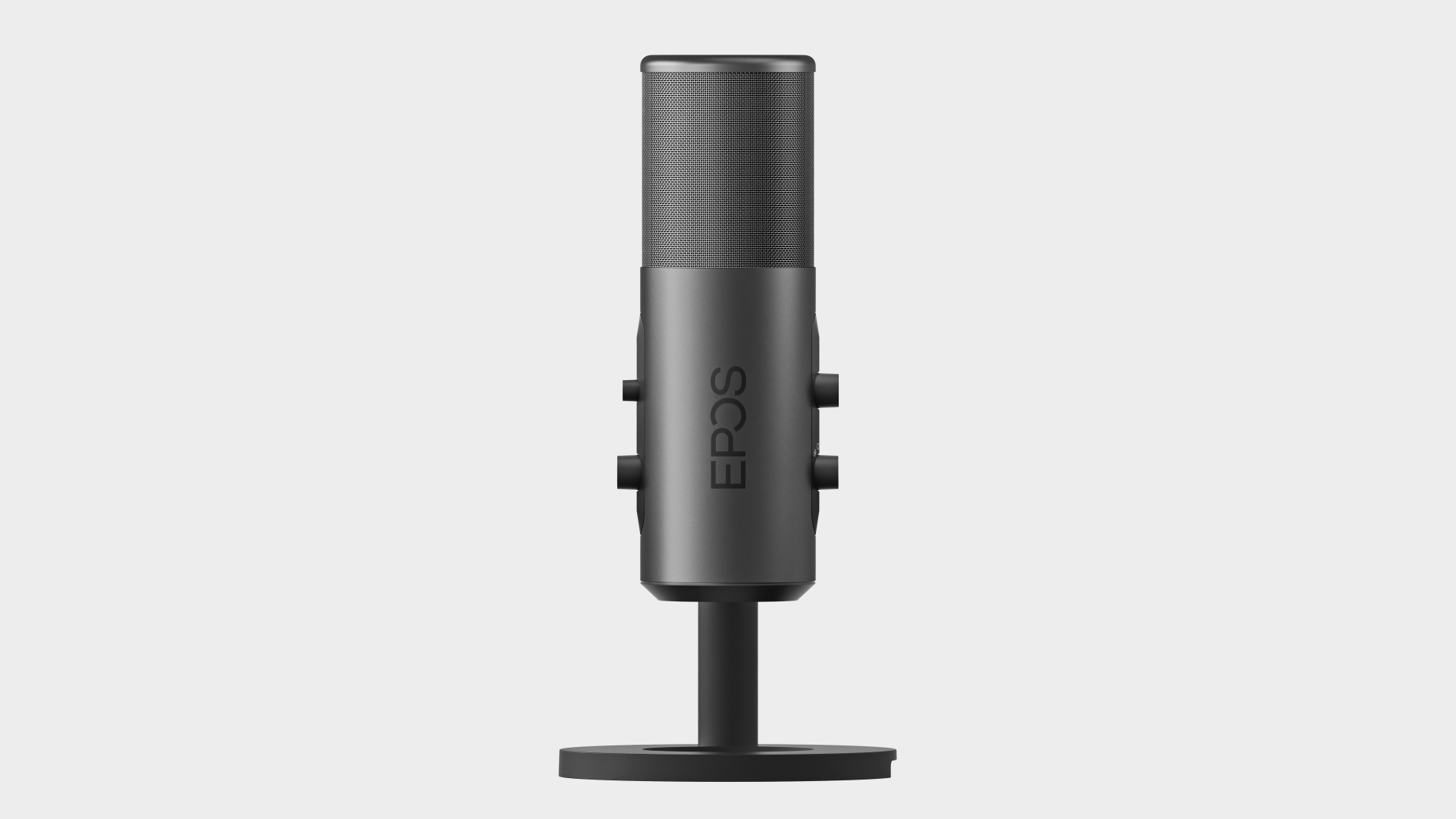
At $199, the B20 is not a cheap microphone and that price puts it among the big boys like the Blue Yeti X, Razer Seiren X, and our favorite mic, the Shure MV7 Podcast. Even so, for the company's first desk microphone, I'm very pleased with this first iteration. The B20 looks great, sounds great and the EPOS gaming suite really gives you the control you need. Whether you use it for Zoom calls or Twitch streams or your garage podcast, the B20 delivers with style and class that makes it a joy to be in any desk setup. If EPOS can sort out the background hiss, it's going to be on to a winner here.

Post a Comment